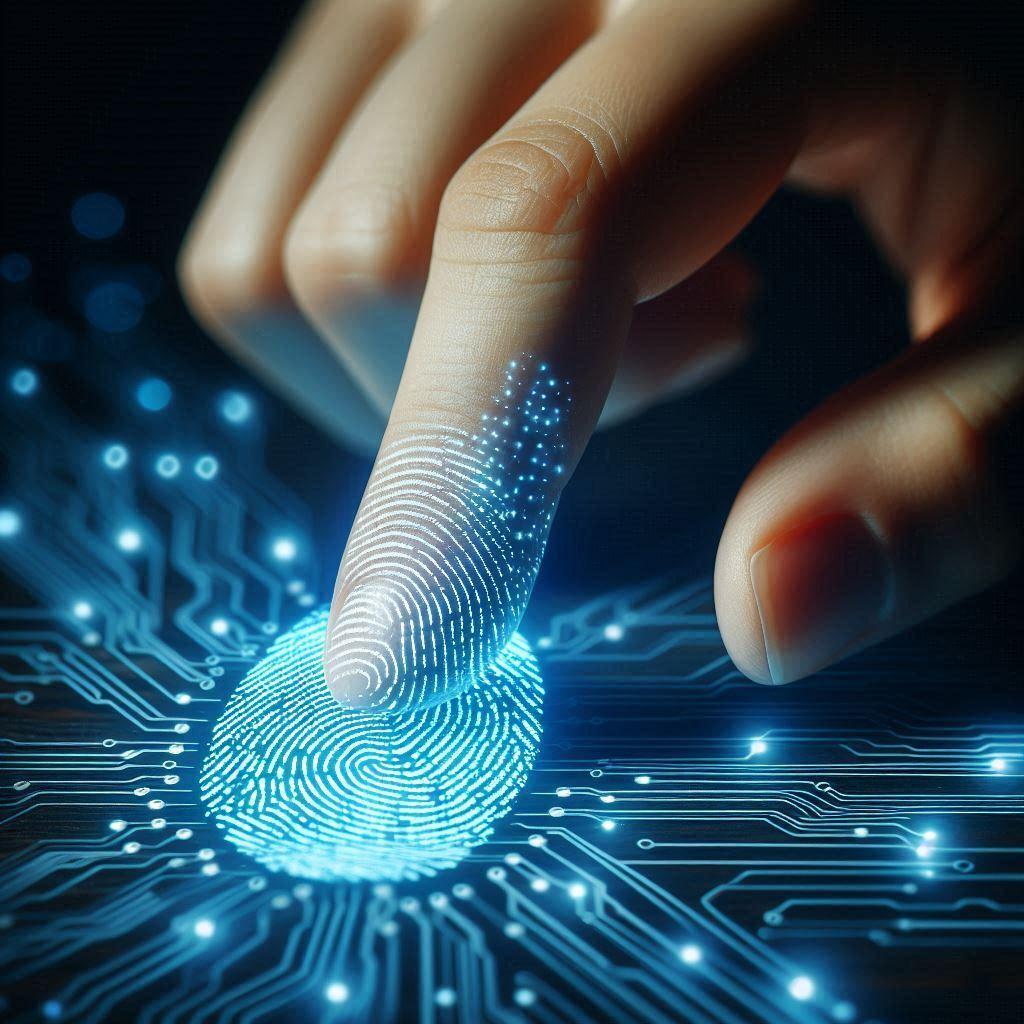Digital Fingerprinting for Employment, Immigration, and Licensing | Complete Guide

With the rapid growth in our digital world, verifying identities accurately has never been more vital. From getting a new job to immigration papers and professional licenses, organizations and governmental agencies must have a secure method of verifying one's identity. That is where digital fingerprinting comes in. Unlike conventional ink fingerprinting, digital fingerprint technology provides an immediate, faster, and more consistent means of background checks and identity verification. From employment screenings to immigration and licensing purposes, digital fingerprint is now the industry standard for secure and efficient verification.
What Is Digital Fingerprinting?
It is the electronic capture of fingerprints with sophisticated biometric scanners instead of ink and paper. These high-resolution images are securely sent to government agencies, police records, or licensing boards for comparison.
In contrast to ink fingerprinting, where smudging and mistakes are frequent, digital fingerprint technology guarantees:
Clarity – High-resolution images reduce rejection rates.
Speed – Results are quicker to process since prints are submitted electronically.
Security – Data is encrypted and securely sent to authorized authorities.
This technology has revolutionized the process by which employers, immigration offices, and licensing agencies check the identity of applicants.
Why Digital Fingerprinting Matters Today
Identity fraud and counterfeit documents have evolved to be more sophisticated. Employers, governments, and regulatory agencies no longer have the luxury of depending on paper-based verification methods. It is a reliable and effective solution.
Following are some of the main reasons why it matters:
Accuracy – Confirms positive identification with minimum error of zero.
Global Recognition – Globally accepted by immigration organizations, police, and licensing commissions.
Compliance – Assists organizations in complying with rigorous legal and regulatory requirements.
Efficiency – Minimizes the waiting time of applicants, enabling faster processing.
Digital Fingerprinting for Employment
Why Employers Use It
Most employers, especially in sensitive sectors like banking, healthcare, security, and childcare, need background checks done as part of the recruitment process. A digital fingerprint helps to ensure that an applicant's criminal history (if any) can be properly viewed.
Employers gain the advantages of digital fingerprinting since it:
- Verifies identity beyond paper.
- Lessens hiring risks.
- Establishes trust and credibility with the organization.
Employment Fields That Frequently Demand It
Government Employment – For security clearance and background checking.
Financial Institutions – To adhere to anti-fraud and compliance regulations.
Healthcare – To maintain patient safety and medical compliance.
Childcare and Education – Safeguarding vulnerable groups such as children.
Digital Fingerprinting for Immigration
The Role in Immigration Applications
Immigration officials around the globe, such as Canada, the U.S., and the countries of Europe, demand fingerprint submission for visa, residency, and citizenship requests. A digital fingerprint is the standard choice now since it facilitates secure data exchange across borders and agencies.
Candidates providing immigration applications are advantaged by digital fingerprint in the following ways:
Increased Processing Speed – Electronic submission decreases processing time.
Fewer Mistakes – Distinct images prevent more re-submission requests.
Global Integration – Fingerprints can be compared to global databases to provide security.
Typical Immigration Situations That Need Digital Fingerprinting
- Permanent Residency Applications
- Work Permits and Study Permits
- Citizenship Applications
- Asylum Requests
Digital Fingerprinting for Licensing
Why Licensing Authorities Need It
Professional licensing boards must verify that applicants are of ethical and legal standing. By requesting a digital fingerprint, licensing authorities make sure that professional license applicants have no disqualifying criminal history.
Common Professions That Need Digital Fingerprinting
Nursing and Healthcare – In order to ensure patient safety.
Teachers and Childcare Providers – In order to protect the children and youth.
Security Guards and Law Enforcement – For background screening.
Legal Professionals – Lawyers and paralegals can sometimes be required to have fingerprint clearance.
Advantages to Applicants
Seamless Processing – Speedy results enable applicants to commence their professions without interruptions.
Conforming to Law – Numerous jurisdictions legally require fingerprint screening.
Increased Credibility – Improves confidence among the public and licensed professionals.
The Process of Digital Fingerprinting: Step by Step
Knowing the process assists the applicant in preparing ahead of time.
Schedule an Appointment – Go to a certified fingerprinting agency.
Show Identification – Present government-issued identification (driver's license, passport, etc.).
Capture Fingerprints – A technician electronically captures your fingerprints.
Secure Transmission – Fingerprints are encrypted and sent to the requesting authority (RCMP, FBI, or licensing board) directly.
Results Processing – Officials inspect and return results in a specified time frame.
The whole process typically takes under 30 minutes, being very efficient compared to the traditional way.
Digital Fingerprinting vs. Ink-Based Fingerprinting: The Benefits
Reduced Rejection Rates – Electronic images are more legible and defineable.
Quicker Results – Electronic filing saves days, even weeks.
Eco-Friendly – No paper or ink waste.
Secure Transmission – Protected data safeguards applicant confidentiality.
By government accounts, electronic submissions can reduce background check processing times by as much as 50%, with major advantages to applicants and institutions alike.
Preparation for Your Appointment
Applicants may facilitate smooth processing by doing the following:
- Bring two pieces of identification that are valid.
- Avoid using hand lotions or creams before coming in for your appointment (they could cause a problem with scanning).
- Plan to arrive a little early to check paperwork.
- Verify which authority (RCMP, FBI, local licensing board, etc.) your results are to be forwarded to.
Frequently Asked Questions
1. Is digital fingerprinting safe?
Yes. Fingerprint information is encrypted and transmitted securely to the required authority.
2. How long does it take?
The scanning process only takes 10–15 minutes, with varying processing times depending on the authority.
3. Can fingerprints be reused for multiple applications?
In the majority of instances, no. A fresh digital fingerprint must be present in every application to guarantee precision and conformance.
4. Does it require international applicants to have it?
Yes, particularly for immigration, study visas, or work in regulated fields overseas.
Conclusion
As hiring, immigration, and licensing become increasingly more complicated, digital fingerprinting is the most accurate and effective way to confirm someone's identity. Unlike with the use of ink for traditional fingerprinting, a digital fingerprint produces faster results, higher accuracy, and worldwide compatibility. Apply for a job, obtain permanent residency, or a professional license, it gives you the trust, security, and compliance you are looking for.
By planning ahead and selecting an accredited fingerprinting service, you can have a stress-free experience with a flawless process. In the modern world, security and identity confirmation being at a premium, digital fingerprint isn't desirable, it's necessary.








